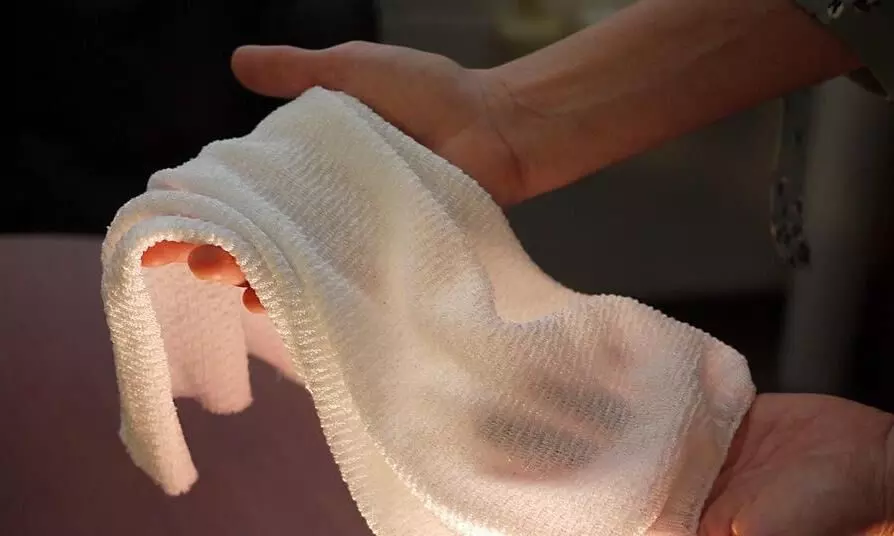
Scientists weave fabric that absorbs, releases heat to adapt
text_fieldsTokyo: A team of textile engineers from Japan's Shinshu University developed a fabric that can adapt to surrounding temperature making the wearer comfortable. The fabric, developed out of super-fine nano-threads, can heat up and cool down when the outside temperature is low and high, respectively, reports The Indian Express.
The speciality of the nano threads, woven together to make the fabric, is that they contain a "phase-change" material (PCM) that is able to store and release large amounts of heat.
One of the researchers and corresponding author of the study published in the journal ACS Nano, Hideaki Morikawa, told TIE that the fabric is intended for thermal management for humans, though it can be used to regulate the temperature of electronic equipment and batteries. Those working in cold storage, baking and related industries who face different temperature levels as part of their work could use the new technology. Sudden shift between different temperatures causes them illness, and constantly changing clothes for different temperature could be inconvenient.
Morikawa said that the new fabric would absorb heat from hot conditions and could release the same when cold storage workers enter their workspace.
Further, he said that PCMs are not enough for their intended application. "A t-shirt would not be very practical if it were made out of a material that would melt when you step out in the heat," TIE writes.
Morikawa and his team pursued a method called coaxial electrospinning, a method to manufacture fibre diameters in nanometres, encapsulating the PCM at its centre. Then they coupled the new fibre with the techs of photoresponsive materials and an electrothermal conductive coating. The former absorbs heat from sunlight, and the electrothermal coating converts excess heat into electricity.
However, he also says the technology is not ready to use it. The team has not yet explored the expiry date of the material after being used in different temperature conditions over time. Then, coaxial electrospinning is a complicated process with strict spinning requirements, such as the need for a laboratory setting. Finally, the conductive polymer used in the fibre is expensive, and researchers must have to find a cheaper alternative.





